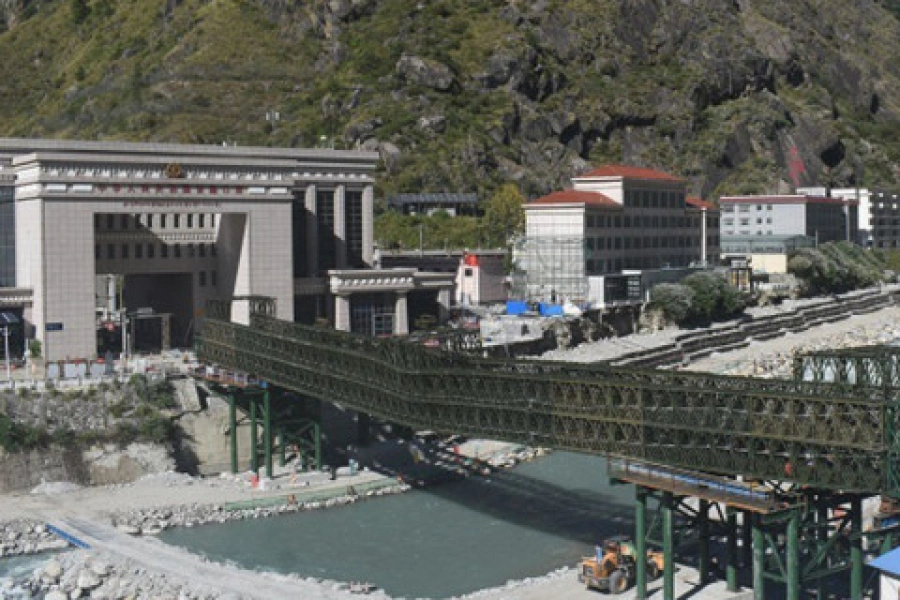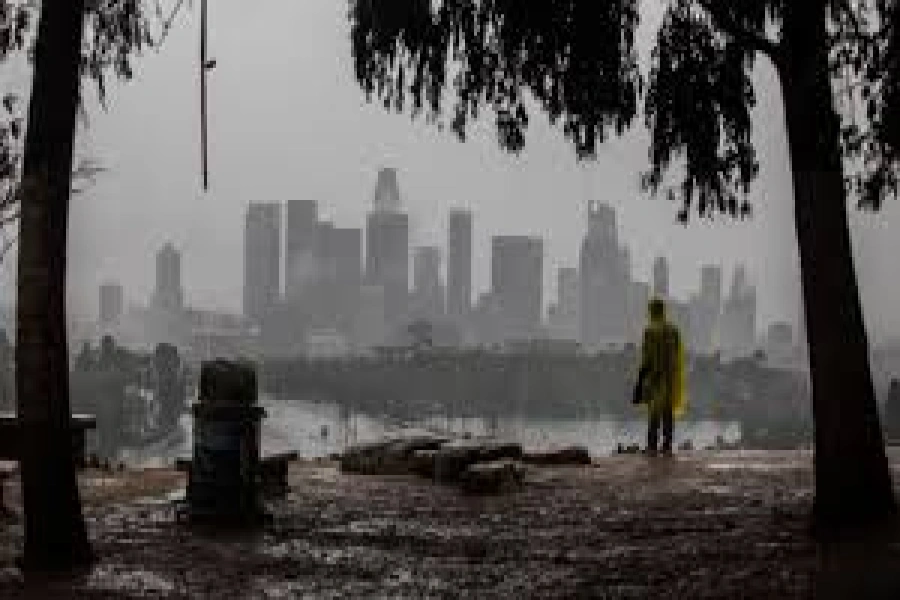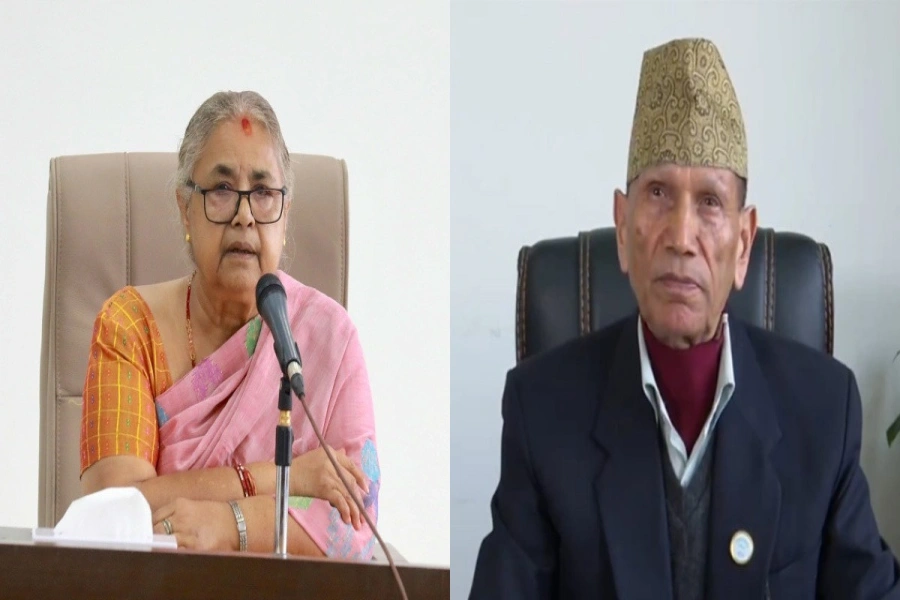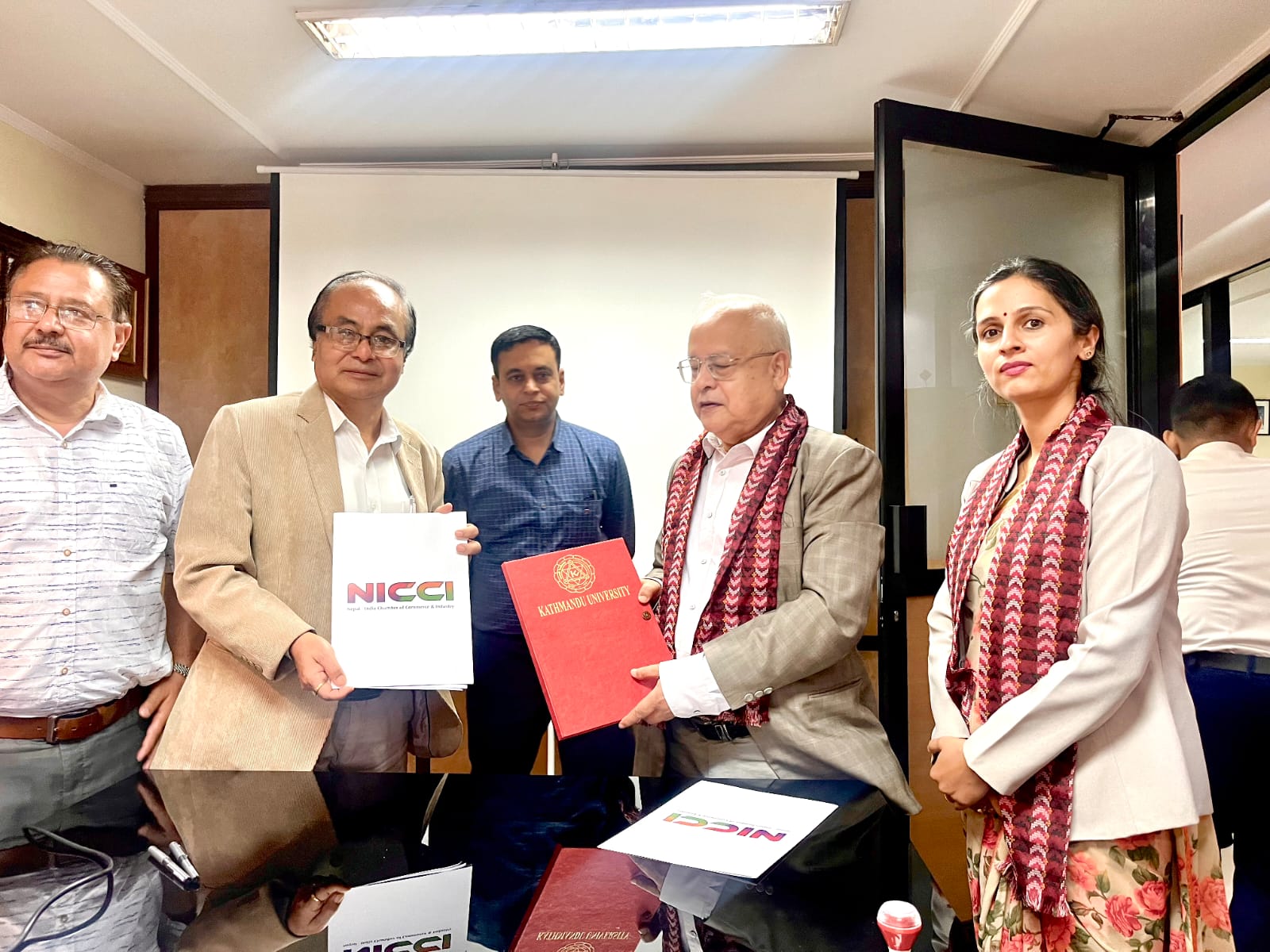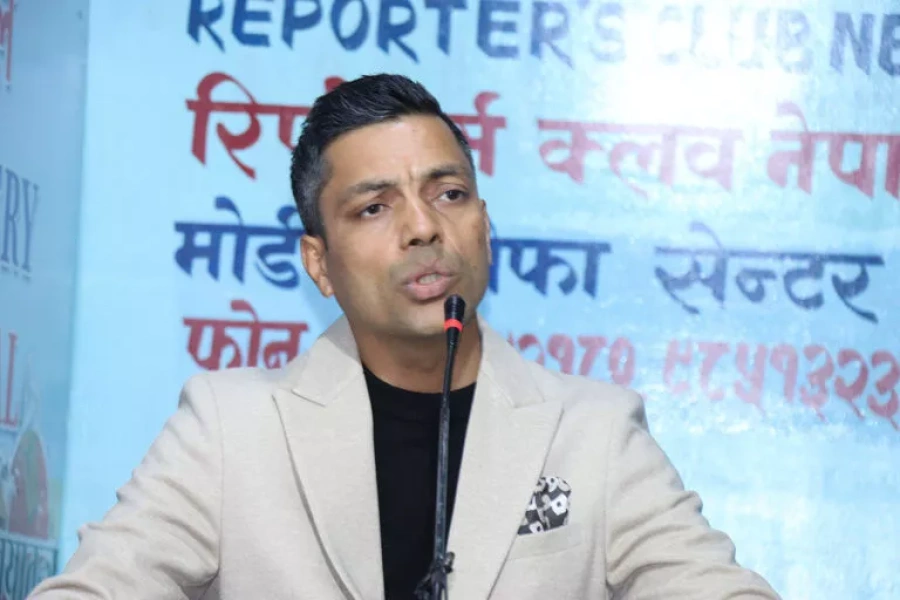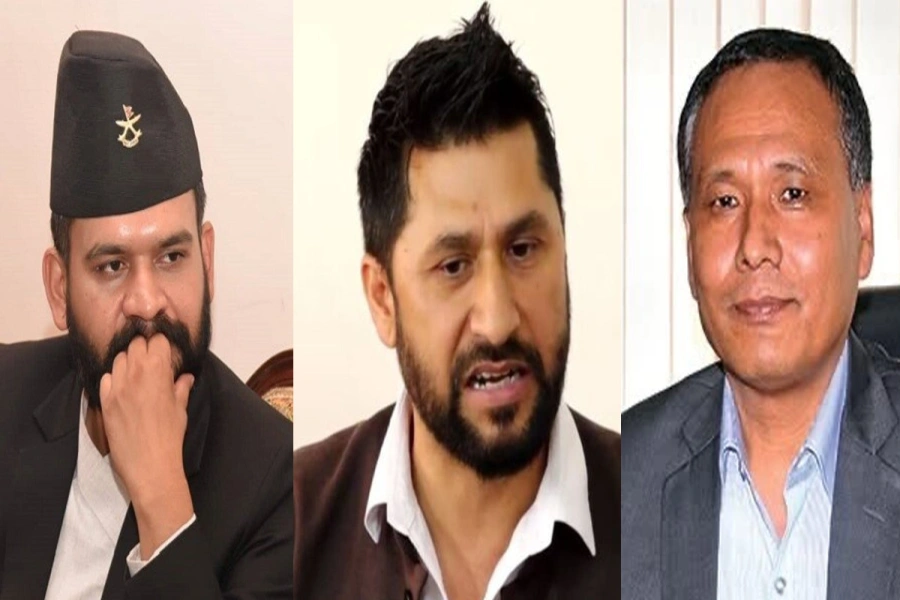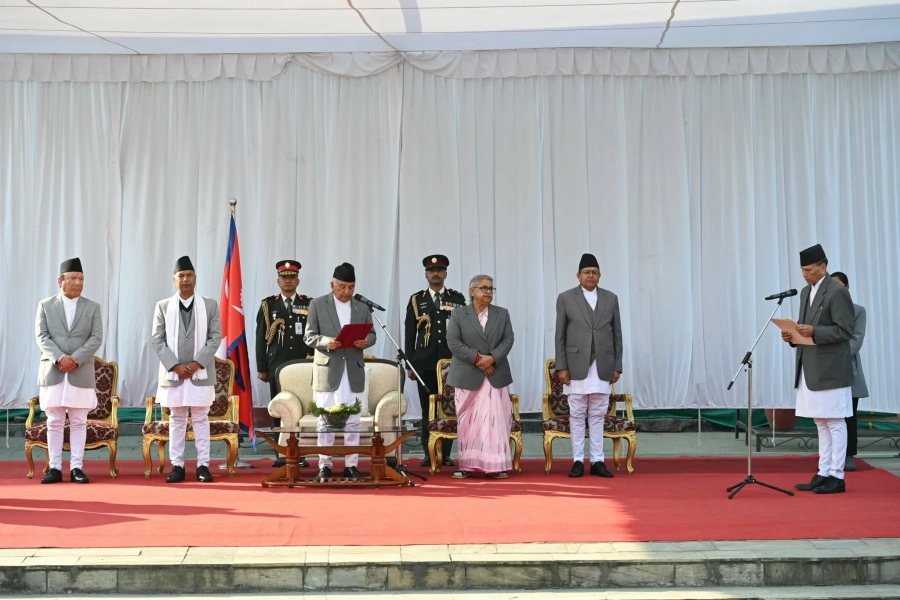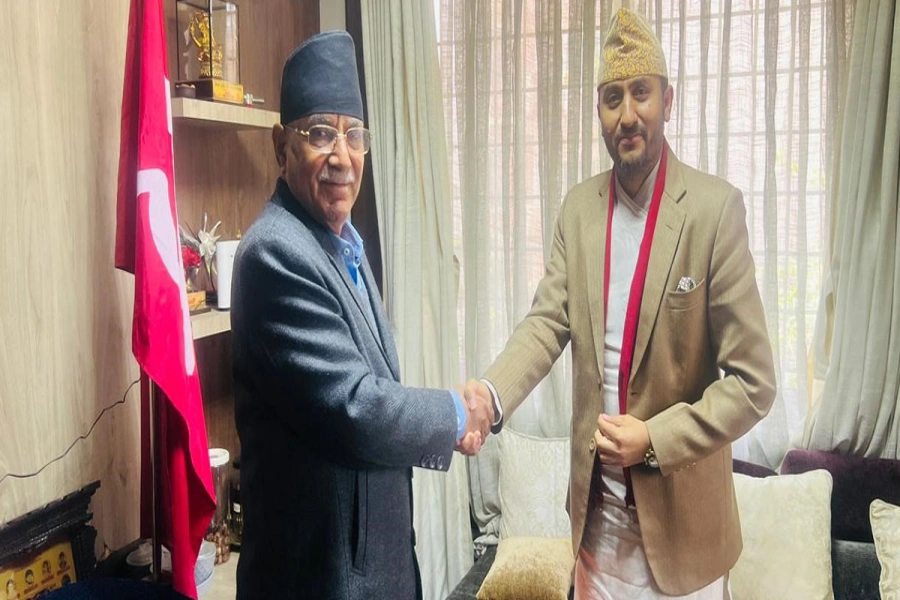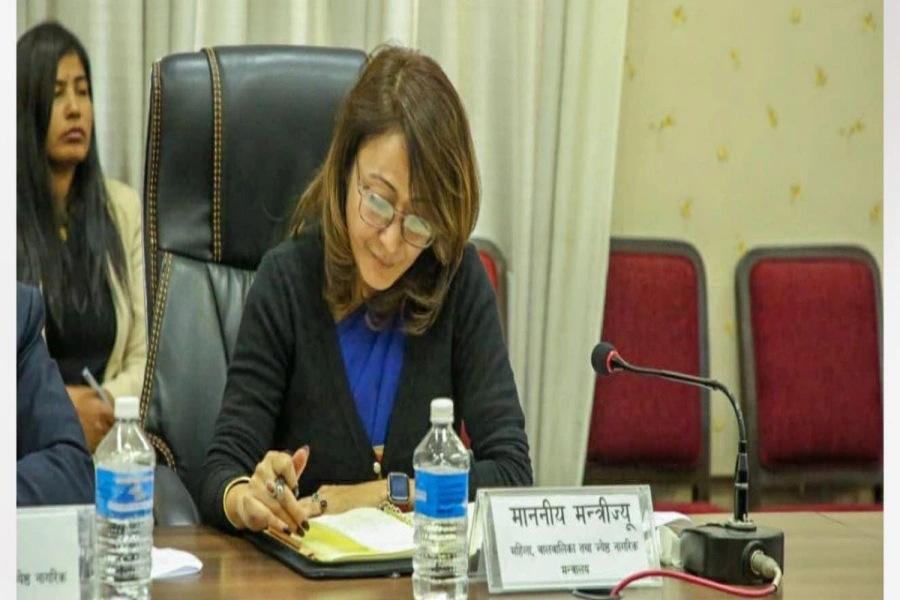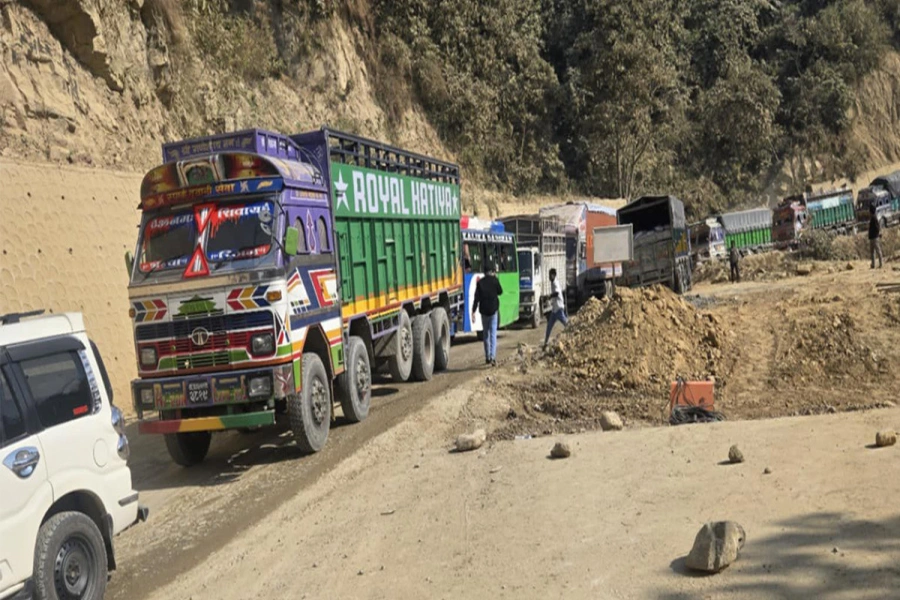In any strategic mode of governance mapping the system's most critical or weakest nodes is the responsibility of its leadership. In recent years, the issues raised by the channel that can and do exist between diplomacy and science have become particularly 'HOT,' and several 'BRIDGES' have been built, some of which are major proportions. Despite this, we believe that existing studies of these bridges are of limited depth and breadth, often concentrating on a small number of high-profile issues in which science provides a potent form of knowledge. Yet science has much else to offer diplomacy, even if potential channels remain unexploited. Therefore, we need to explore the range of relations between science and diplomacy and critically examine areas of potential interconnection.
So considering what we mean by 'science,' not least given the split between the two 'cultures' (Art & Science) in terms of contemporary research. We then turn to consider what we mean by 'diplomacy'. Much has been written on the subject over time, although to some extent such work has slowed. That said, it is alive and well today, but with the aims of diplomacy broadening out as witnessed through the concept of 'new diplomacy' i.e. "Science Diplomacy" in international relations in recent years.
If we look at history and current world structure, civilizations, society and nations, those who adopted a scientific way of life and adopted education science, innovation and technology have prospered and generations have benefited from it. Let’s take an example of smaller countries by population and geography Germany, Sweden, Singapore, Israel, Switzerland and Nordic countries all have prospered due to exclusive use of science and technology. This has helped them grow the economy and have provided the population with social and internal security.
It's largely seen that academia, science and technology exchange happen between friendly nations and even between countries who have political differences. Russia's support in building and collaboration of the International Space Station is one such example.
The world order is rapidly changing where global challenges are growing more complex and are interconnected; the merging of science in diplomacy offers a powerful tool for cooperation between nations. Science diplomacy is a strategy that leverages scientific expertise to expedite diplomatic challenges and opportunities. It’s not only a bridge between nations but a vital force in addressing issues that transcend borders and solve larger problems of yesterday (i.e. India and China) and tomorrow like climate change, pandemics, energy, security, and many more sustainable developments. Today’s problems that were created yesterday cannot be solved tomorrow by a ‘Silo Nation’ alone, and the solutions demand a global response rooted in shared knowledge, trust, transparency and collaboration.
Science, with its universal language of discovery and progress, and pursuit for solution has the unique ability to foster partnerships that extend beyond political divides. When nations come together to pool resources, share research, and work toward common goals, we’re not just advancing scientific knowledge; we’re creating a foundation for sustainable, inclusive development. Science diplomacy is essential in today’s world, not as an abstract ideal but as a practical necessity—one that drives us toward a future where collective action and scientific innovation help us build a better, more resilient system for all and for the world. Employment, health, climate change, quality of life and education standards are a secure future for the upcoming generation.
The Beginning of a New Era:
NAST at work to publish directory of Nepali scientists and tech...

The world today is a paradox. On one hand, we are more connected than ever before. Thanks to technology, knowledge, and innovations spread across the globe with the click of a button. But on the other hand, we still face challenges that can only be addressed by thinking beyond national borders—challenges like climate change, pandemics, food security, and energy shortages. These problems don’t care about where you live; they are global issues that require global solutions.
I couldn’t help but think about how much potential this simple idea—of blending science with diplomacy—held. Imagine a world where countries work together, combining their scientific knowledge and resources to tackle these global issues. Picture a world where research teams share data freely, where nations collaborate on climate solutions, and where every breakthrough in science is accompanied by the diplomatic will to turn that discovery into real change.
That is the future I believe in, and it’s a future that is increasingly within our reach. But for that to happen, we need more than just good intentions. We need actionable strategies, a framework for cooperation that ensures responsible science and technology isn't left to sit in laboratories but is used to bridge gaps between countries and create sustainable solutions for the challenges we all face.
The Power of Science Diplomacy: A Global Conversation:
Let’s take a moment to look at how science diplomacy works in practice. A few years ago, during a particularly devastating drought, countries that had previously been divided by political and economic differences came together to share water conservation strategies and innovations in agricultural technology. Through open channels of scientific collaboration, a breakthrough in drought-resistant crops was shared between countries in Africa, South Asia, and the Middle East. This wasn’t just about one country helping another; it was about a collective effort to use science to ensure food security in a region vulnerable to the effects of climate change.
The secret to this success was the shared understanding that science could serve as a neutral ground, a common language that every nation could speak, no matter their history, politics, or economic power. And that’s what science diplomacy offers—an avenue for nations to cooperate across borders to solve problems that affect the planet as a whole.
Science diplomacy isn’t confined to crises, either. It’s a long-term strategy, a way of creating lasting partnerships based on mutual respect, shared knowledge, and a commitment to sustainability. For example, look at the International Space Station (ISS), where countries like the United States, Russia, Japan, and members of the European Union have collaborated for decades on groundbreaking space research. The International Space Station is a testament to how scientific collaboration can overcome political differences and create opportunities for peaceful cooperation.
Trust, Transparency, and Transformation:
But science diplomacy is not without its challenges. Often, countries are hesitant to share sensitive data or research findings, especially when those findings could have political or economic consequences. So how do we build trust in a world where distrust runs deep?
The answer lies in transparency. Just as scientific knowledge must be openly shared to be useful, so too must diplomatic efforts be open and transparent. In a world where information is power, transparency ensures that everyone has access to the same facts, eliminating the guesswork and suspicion that can arise when nations operate in the dark.
One of the biggest benefits of science diplomacy is the way it fosters trust between countries. When nations come together to solve shared problems, they not only make progress on the issue at hand—they also build relationships that last. These relationships, rooted in cooperation and the exchange of knowledge, have the power to transcend political differences and create a foundation of trust that can be relied upon when challenges arise in the future.
In the realm of environmental diplomacy, for example, the Paris Agreement on climate change is a prime example of how science can drive diplomatic action. The agreement is built on the collective understanding that climate change is a global problem that requires global solutions. Through the sharing of scientific data on emissions, temperature changes, and sea level rise, countries around the world have come together to take action, and though there are challenges ahead, the fact that nations are working together is a sign of progress.
A Call to Action: The Role of Leaders:
Regardless of your role, today as a reader whether you are a leader, politician, scholar or just a citizen. We must recognize the power that science holds and the responsibility we have to harness it for the betterment of humanity. It’s not enough to merely acknowledge the importance of science diplomacy—we must actively champion it, ensuring that it is at the heart of our foreign policy agendas.
We are using diplomacy as this is one of the key ways to engage with friendly nations for nation building, collaboration, and cultural exchange and solving each other's problems. This is where diplomats and diplomatic channels come in. They have a unique opportunity to shape the future of science diplomacy. It is not something that happens by accident; it requires vision, collaboration, and sustained effort. The time has come for leaders to unite, using science as a common ground to address the most pressing challenges of our time.
For this to happen, we need to invest in science and technology, not just within our own borders but across the globe. We must seek support with international research initiatives, facilitate the free flow of scientific information, and ensure that everyone, regardless of their economic standing, has access to the benefits of scientific progress. This is the true spirit of science diplomacy—creating a world where no one is left behind, and where we all work together to create a sustainable future for generations to come.
Moving Forward: A Shared Vision
The road ahead is not easy, and the challenges are great. But the potential rewards are even greater. Science diplomacy offers us a path forward—a way to collaborate, to learn from each other, and to tackle the biggest issues facing our nation. It is through this collaboration that we will find the solutions to climate change, disease, hunger, and poverty and employment generation. It is through science diplomacy that we will create a Nation that is not just surviving but thriving.
If you stand in a room with the young scientists, engineers, and academics you will realize that the future can be shaped with the help of these minds. They can be used for nation and society building and solving our yesterday, today and tomorrow's problem to an extent if not all.
Let this be our collective mission as a nation to invest in science and technology for next 5 years—to use science as a tool for diplomacy, to bridge the gaps of knowledge drain, knowledge exchange, upgrading of our institutions, learn best practices and evangelize learning and provide access to common man by training seminars and providing mentorship and to build a Nation where sustainable development is not just a goal but a reality for every citizen, every community, and every person. The future is ours to shape, and it starts with one of the many pillars for progress, one being science, technology, innovation, knowledge and transformation. Together, we can make it happen.



